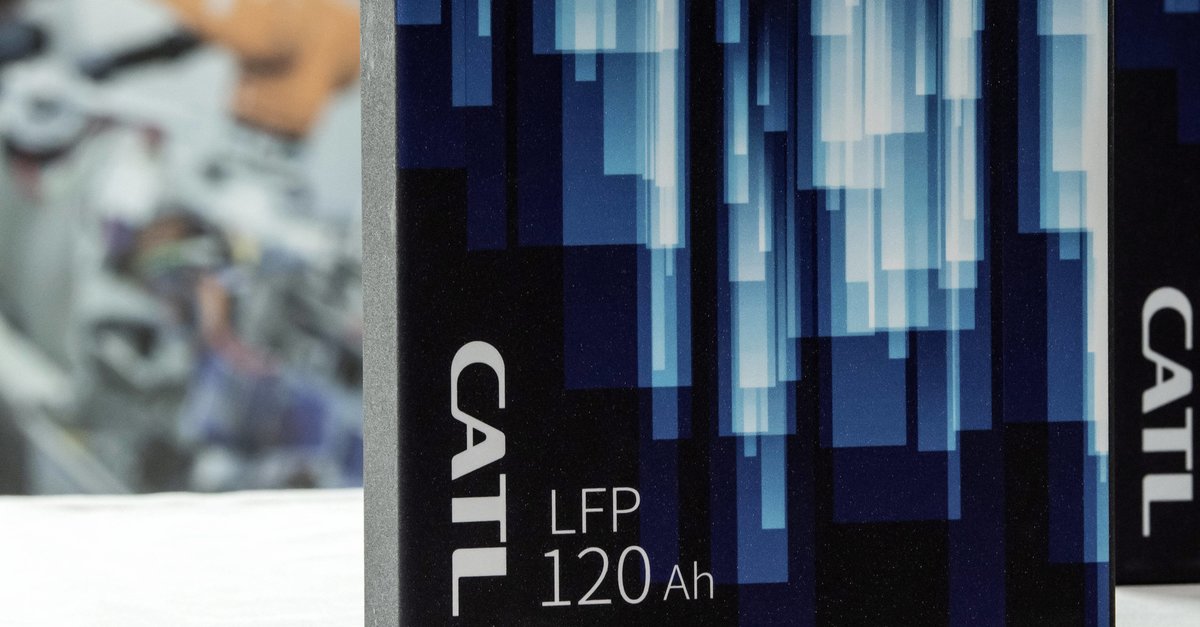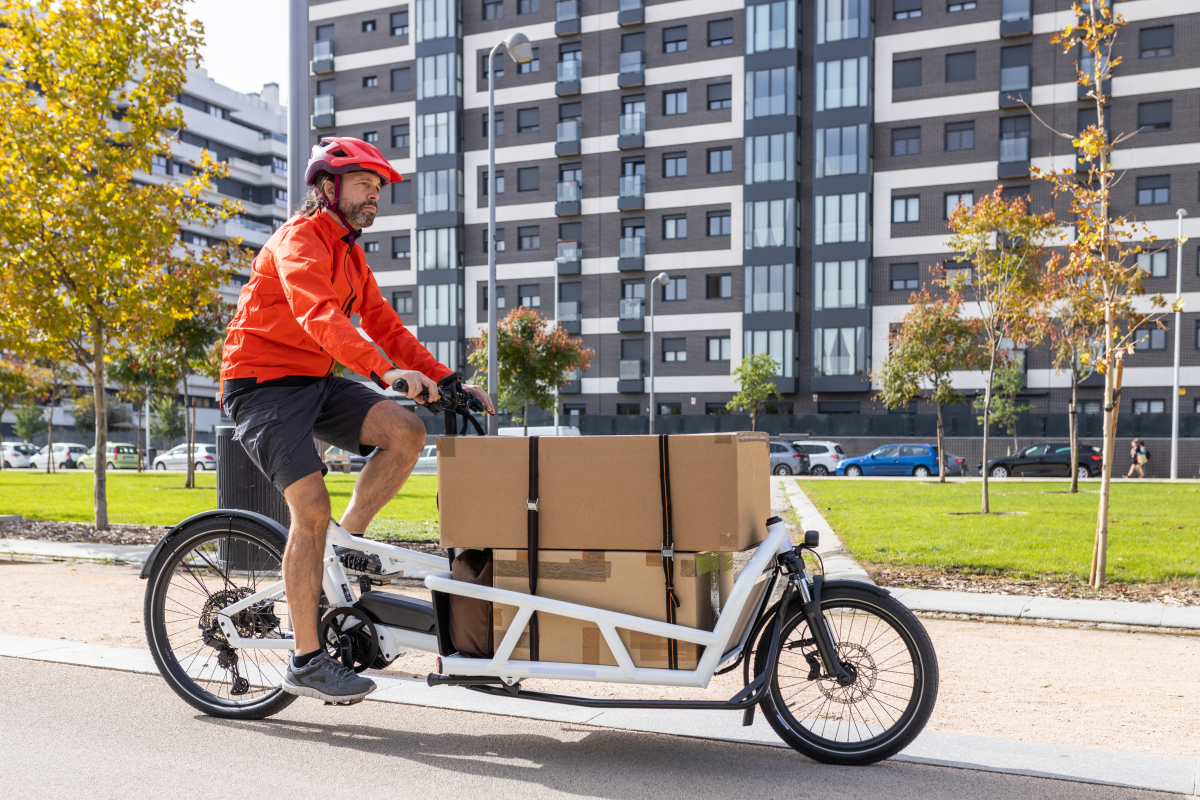LFP battery: what is it?
China currently has reason to celebrate. The reason is less of a geopolitical nature; the largest Chinese manufacturer of lithium-ion batteries is more likely to be able to supply all the required LFP/LEP cells to the American e-car giant Tesla in the future. You can read here what is behind the not so new battery cell technology and what LFP actually stands for.
Lithium-ion batteries can be found in most electric cars. More and more manufacturers such as Volkswagen, Mercedes or Ford are now considering switching to LFP batteries (source: teslamag.de). In the following guide, we explain how LFP batteries work and what their advantages and disadvantages are.
Contents
LFP battery explained: How the battery works
“LFP” is an abbreviation for lithium iron phosphate (chemical: LiFePO4) and is one of the lithium-ion batteries. The difference to the previously mainly used LI battery is that the positive electrode of the battery iron phosphate is made. In most other lithium-ion batteries, this usually consists of cobalt oxide.
In memory of: As in any battery, the sodium ions are used to store charge in the electrodes. An electrode is a conductive point of contact with the electrolyte, which is the substance through which the ions carry the electronic current.
Benefits of LiFePO4 battery
The list of advantages that make lithium iron phosphate batteries a better alternative compared to traditional lithium ion batteries starts with the Price-performance. For a storage power suitable for many uses, the LFP battery costs little, since the expensive heavy metals nickel (N), manganese (M) and cobalt (C) are not used. These are essential in the production of NMC cells, which are now increasingly replacing LFP cells.
Due to the absence of these highly toxic heavy metals, LFP batteries are significantly more environmentally friendly. In addition, cobalt is often mined under dubious circumstances. Furthermore, all metals in the LFP battery and large parts of the electrode materials recycled will.
At the same time, the battery offers a high and stable current flow, which makes it particularly suitable for applications with high maximum requirements and power peaks. Added to this is the remarkable service life: the battery should last 10 to 20 years. According to a long-term test of an LFP battery, the battery proved 28,000 charging cycles still has 65 percent of its original capacity (source: solar3.de). LFP batteries are also more robust when charged to 100 percent.
Probably the biggest advantage, however, is that the LFP electrode fireproof is. The likelihood of ignition, for example due to overcharging, high temperatures or short circuits, is significantly lower. This is because no flammable oxygen is released even if the separating layer inside the battery is damaged (source: accundu.de).
Disadvantages of LFP cells
So far, rechargeable batteries with lithium iron phosphate electrodes sound like the dream of every electric car manufacturer. However, there is a catch. The problem is the lesser energy density. This is sometimes significantly below that of conventional lithium-ion batteries. The latter batteries generate around 180 watt hours per kilogram (Wh/kg), the batteries with iron phosphate manage 90 to 110 (source: smaveo.de).
So in order to get the same performance at the moment, you need more cells than with LI batteries. This not only increases the sizebut also the weight. This is not a problem for applications such as solar generators, balcony power plants or the like, but it is different for cars. Because here the range suffers.
Conclusion: The advantages outweigh the disadvantages
Even if the LFP batteries are significantly heavier and larger because they still lag behind in terms of energy density, the advantages already clearly outweigh them. Especially the low cost of manufacture as well as the robustness are unique selling points that LI batteries cannot compete with. This affects both the cycle stability and the lower risk of explosion and fire.
Added to this is the speed at which researchers Advances in cell chemistry book. Most recently, the company SVOLT managed to build an LFP battery with 200 watt hours per kilogram, the modern Tesla 3 models should be able to come up with around 125 Wh/kg (source: edison.media). Lithium iron phosphate cells therefore still have a lot of potential that needs to be exploited.


